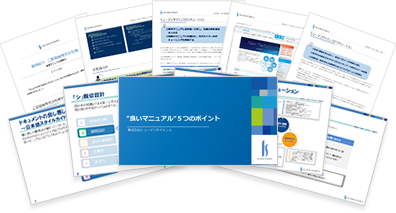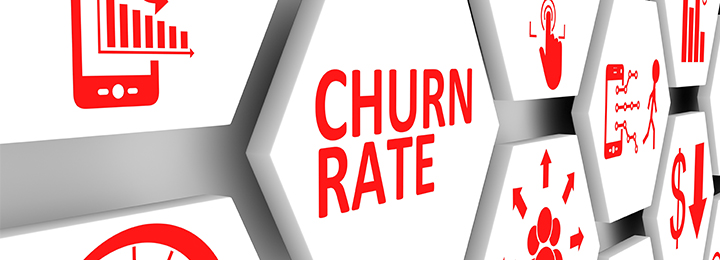
- Table of Contents
1. Churn (Cancellation) and Churn Rate (Cancellation Rate)

It is said that improving the churn rate is essential for companies offering subscription-based services. Enhancing service continuity is important in any industry, but as cloud adoption continues to advance, it is crucial to deepen the understanding of churn.
What is a churn?
Churn refers to "the cancellation of a service that is assumed to be used continuously by customers."
The business term churn is derived from the English word "churn."
In other words, it seems to imply "cancellations by fickle users who frequently switch services." Downgrading from a paid plan to a free plan is also considered a type of churn.
What is churn rate?
Churn Rate refers to the "rate of cancellation."
It indicates the percentage of people who have stopped using the service within a certain period, and can be considered a direct indicator of customer satisfaction.
The Importance of Churn Rate
The reason why churn rate (cancellation rate) is important is that it directly relates to the revenue of subscription services and SaaS businesses, and serves as an indicator for service improvement.
Many subscription models are based on revenue such as "annual fee" and "monthly fee." While this allows for stable income, if the service content becomes outdated or customer-requested improvements are not made, the number of customers who cancel their subscriptions increases. If the number of cancellations exceeds the acquisition of new paid members, it can lead to losses. Therefore, for companies adopting a subscription model, keeping the churn rate low becomes an important business challenge. Furthermore, by analyzing the reasons for cancellations, it is possible to understand why the service was canceled. As the churn rate worsens, sales and profits also decrease, highlighting the need to continuously monitor the situation and repeatedly improve products and services.
By utilizing the churn rate to secure continuous revenue or improve the quality of products and services, you can lead to business growth in the near future.
2. Types and Calculation Methods of Churn Rate

There are several types of churn rates. Since the criteria for calculating each value differ, it is necessary to use them appropriately.
Customer Churn Rate
The customer churn rate is the rate of cancellations based on the number of customers. Generally, when referring to churn rate, this is often what is meant.
Calculation Method
Customer Churn Rate =
Number of Cancelled Customers (ID) this Month ÷ Number of Contracted Customers (ID) at the End of Last Month × 100
The customer churn rate represents the percentage of licenses or users that have canceled the service within a certain period. Therefore, the number of customers in this formula refers to the number of licenses or users.
For example, if the number of licenses at the end of the previous month was 100 and the number of licenses canceled in the current month was 2, the calculation method would be "2% = 2 ÷ 100 × 100". The customer churn rate is based on the number of customers, so it will always be a positive value.
Cancellation will be considered even if you downgrade from a paid membership to a free membership. In SaaS, there can be an increase or decrease in the number of IDs, but if a customer who previously had 100 IDs reduces it to 60 IDs, the 40 IDs that were reduced will be treated as canceled.
Account Churn Rate
The account churn rate represents the percentage of companies or subscribers that have canceled their service within a certain period of time. The calculation formula is the same as the customer churn rate, but here the number of customers refers to the number of companies or subscribers, so it is slightly different from the customer churn rate.
Calculation Method
Churn Rate =
Number of canceled customers in the current month ÷ Number of contracted customers at the end of the previous month × 100
For example, if the number of companies at the end of the previous month was 100 and the number of companies that canceled this month was 2, then this month's account churn rate would be "2% = 2 ÷ 100 × 100". Since the number of licenses and companies varies, different values will actually be reflected.
The account churn rate, like the customer churn rate, is always a positive value as it is based on the number of customers.
Revenue Churn Rate
The revenue churn rate is the cancellation rate based on revenue. It is also referred to as the "MRR churn rate." For example, if there is a 10,000 yen monthly plan and a 5,000 yen plan, the cancellation of one subscription from the former is considered equivalent to the cancellation of two subscriptions from the latter. When there are multiple pricing plans, it is necessary to pay attention not only to the customer churn rate but also to the revenue churn rate.
Calculation Method
Revenue Churn Rate =
Revenue lost due to cancellations or plan changes in the current month ÷ Monthly revenue from the previous month × 100
In other words, it will calculate what percentage of the previous month's revenue is represented by the decrease in revenue due to cancellations or plan changes. Similarly, there is a term called "net revenue churn rate" that reflects the increase in revenue from upselling or cross-selling.
Net Revenue Churn Rate =
(Lost revenue for the month - Revenue gained from upsells, etc. for the month) ÷ Monthly revenue from the previous month × 100
3. Measures to Take to Improve the Churn Rate

Naturally, a lower churn rate is preferable. However, the appropriate value for the churn rate can vary due to various factors. It can change based on price, growth rate, target audience, and scale. That said, generally, a churn rate of within 3% per month is considered a guideline. If the churn rate significantly exceeds 3%, improvements may be necessary. Therefore, analyzing the causes of churn is important.
Churn Cause Analysis (Identifying Usage Phases and Behaviors Leading to Churn)
In the case of B to B, one of the reasons for cancellation is that "we tried it, but it does not fit our company's situation." Other reasons for customers to cancel include "switching to something that is easier to use, more convenient, or cheaper," or "not being able to expect results that exceed the costs, leading to a negative asset, and having difficulty securing a budget to maintain it." While some issues are difficult to address, there are cases where we can avoid cancellations in advance through our responses. Therefore, it is common to conduct a survey during the cancellation process to explore the reasons for cancellation.
It seems that one of the reasons for cancellation is "I tried it, but it was not helpful." This is a common issue when the representative at the time of the new contract is different from the users on-site. To solve this problem, it is essential to first understand the client company that will become the customer.
・What business challenges are you facing?
・How can your products or services be utilized to address these challenges?
・What benefits can be gained from this?
With this understanding, we accurately convey the details of products and services to our clients and ensure thorough alignment. By conducting preliminary alignment, it becomes clear whether we can meet the client's objectives, helping to avoid mismatches.
Establishing a customer success framework
Many companies are now focusing on customer success.
Tools like SFA and CRM can generate significant benefits if used effectively. However, this comes with the burden and cost of learning various functions and mastering efficient usage. In such situations, how the provider of products and services can support customers greatly impacts the churn rate. It is essential to understand customers as well as to analyze the causes of churn. It is necessary to accurately recognize what the customer's goals are and to respond with a focus on customer success. If there is a proactive approach to understanding the situation and addressing challenges, it should not only help reduce the churn rate but also lead to increased customer satisfaction and branding.
4. Summary
Improving the churn rate requires customer success. To ensure the success of customer success, we believe that the quality of the content provided by customer service and the customer success department is one key factor. In the explanation of measures to improve the churn rate, we mentioned that it is necessary to implement measures that enable customers using the tools to effectively utilize them. To achieve this, clear training texts and e-learning content are essential. Human Science has a wealth of experience in producing such materials. We offer the following services.
•Quality Improvement of Manuals and Training Texts
We propose the most suitable user manuals, technical documents, help, and FAQs for your environment. Starting with the evaluation of the current manuals, we provide consulting for building and operating multilingual support systems and CMS.
•Production of educational content and support for the introduction of LMS (Learning Management System)
We propose educational content that is best suited for your environment, just like manuals. Starting with an evaluation of the current content, we can also optimize the LMS and support multilingual capabilities.
•Chatbot Implementation and Development Support
Many companies are advancing the implementation of chatbots to improve customer support efficiency. We propose the most suitable chatbot for your environment. We can provide one-stop support from the implementation of the chatbot system to content creation.
The following are achievements for the Customer Success Department.
WingArc1st Inc.: Content evaluation, improvement consulting, and content production services for the Customer Success Department
https://hs-learning.jp/case/wingarc1st/
We provide a one-stop service for creating easy-to-understand manuals, video manuals, and e-learning content necessary for customer success, so please make use of it.

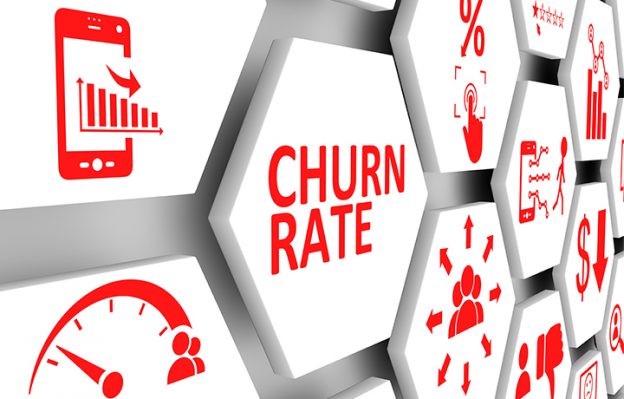






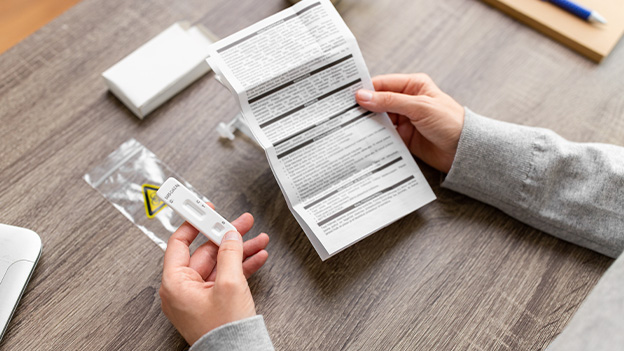









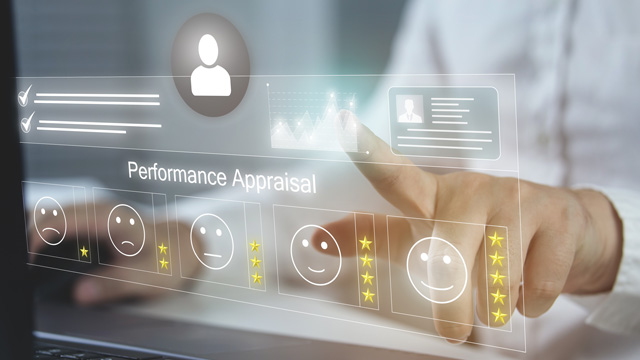


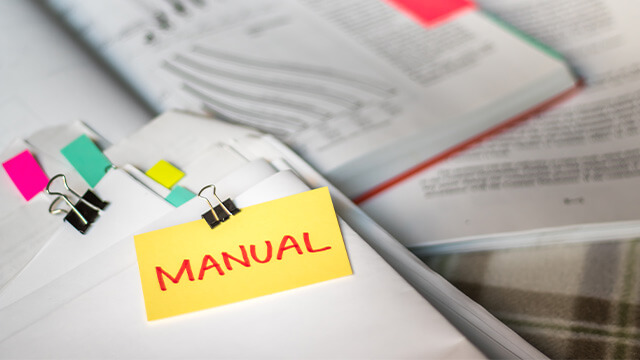









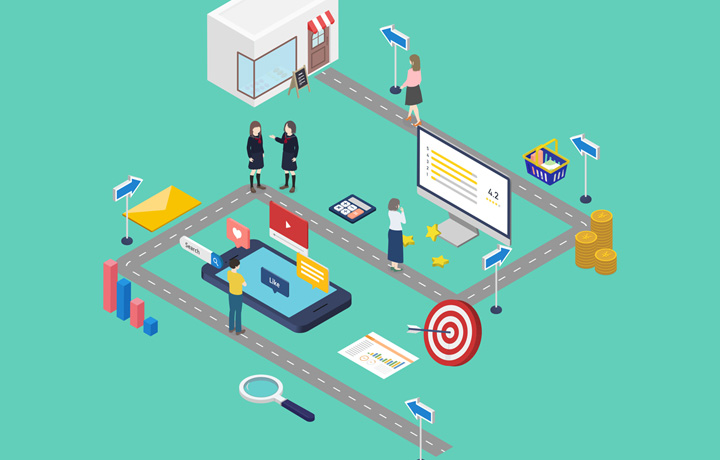
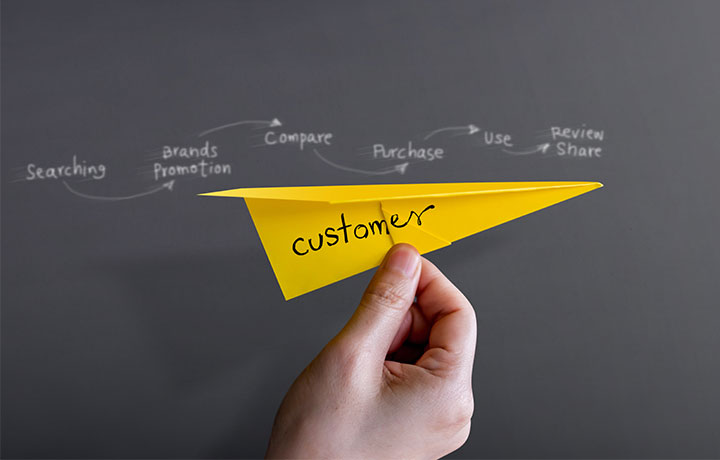


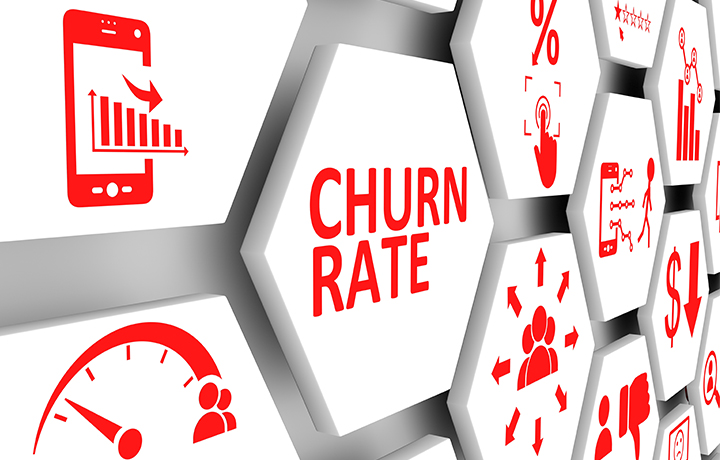

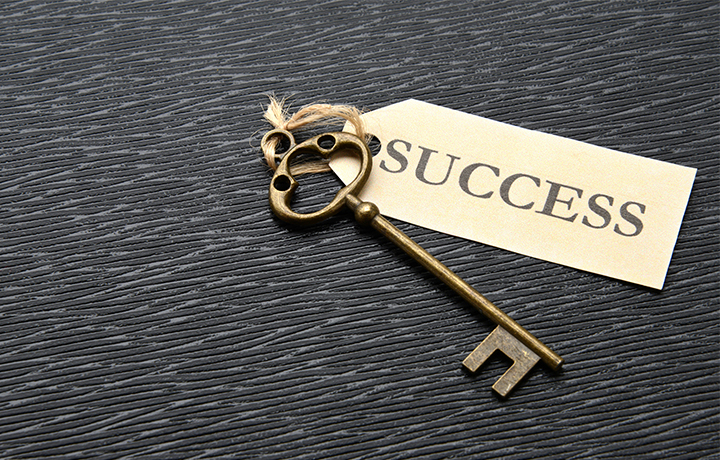
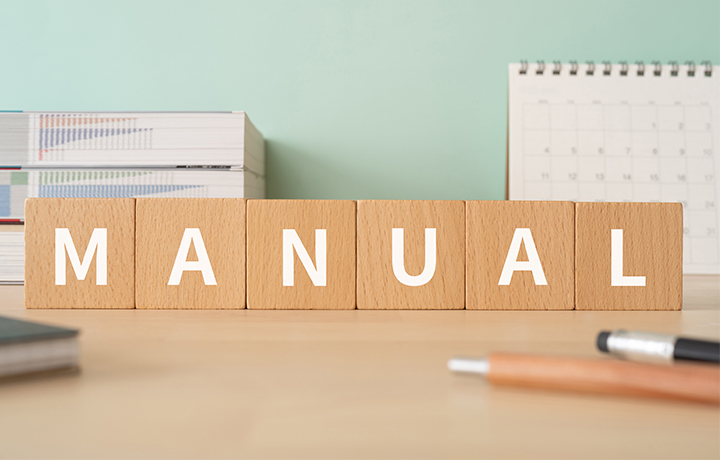





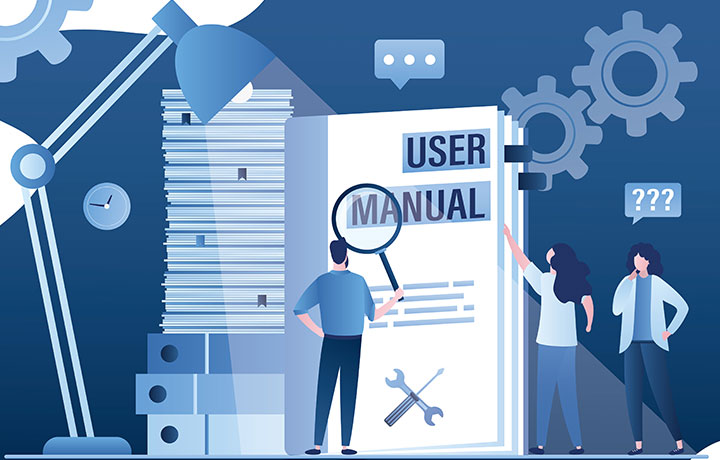
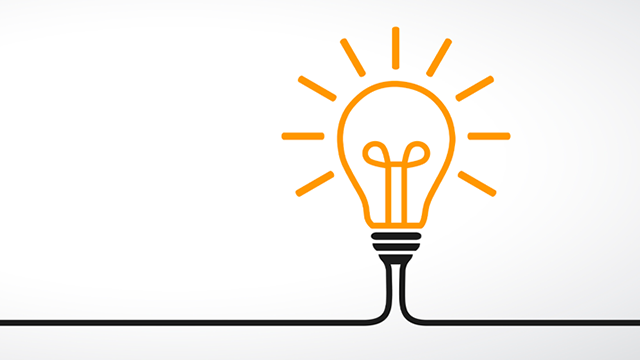

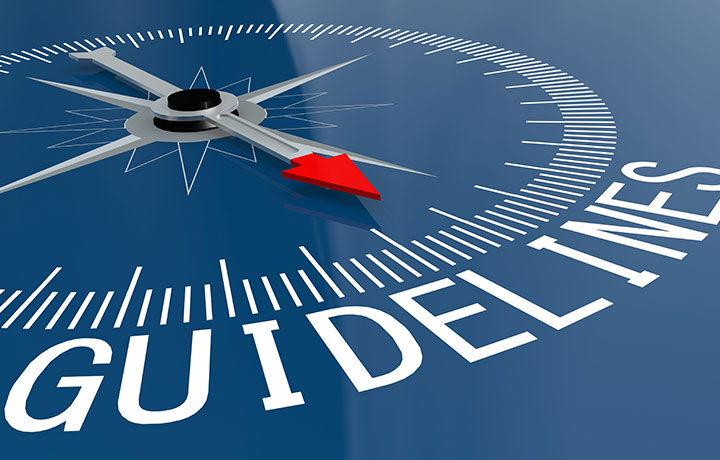
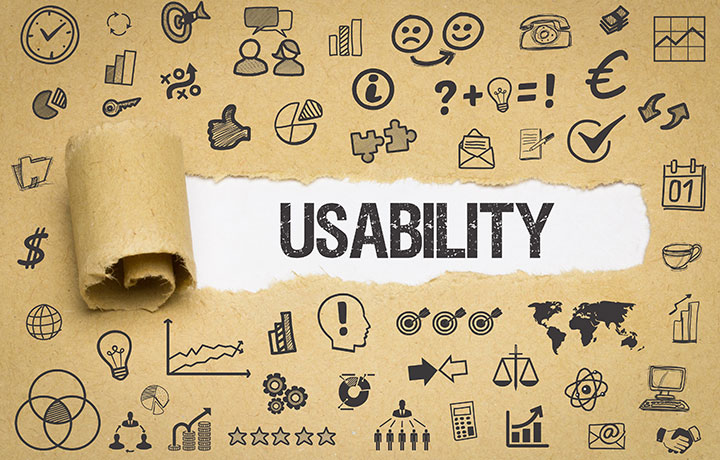



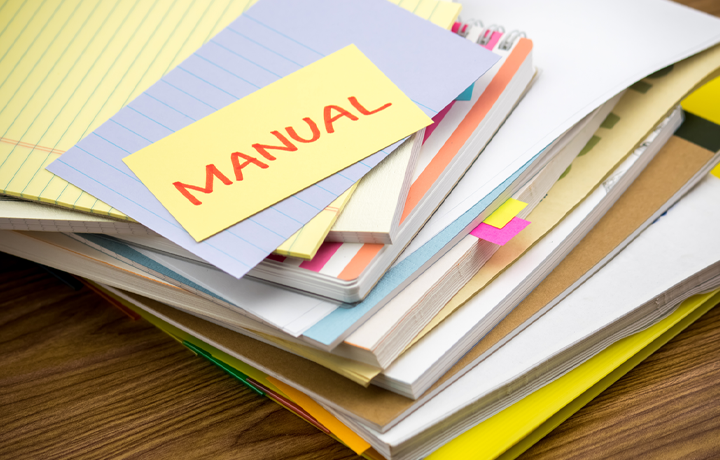

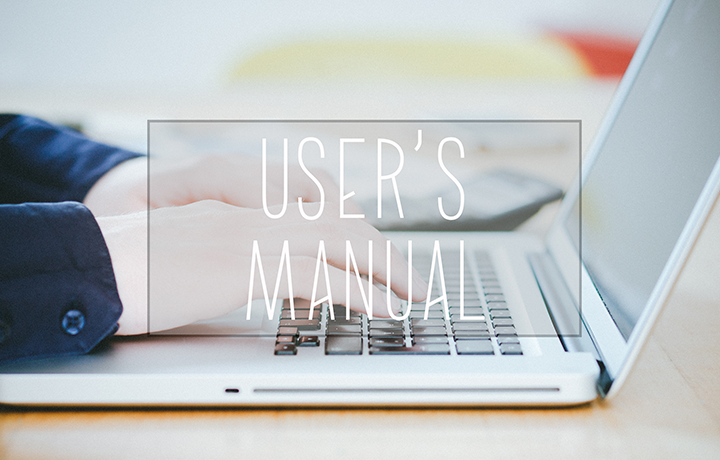











 Manual creation
Manual creation Director, Writer
Director, Writer In-house Support
In-house Support Video
Video Manual
Manual Manual Creation
Manual Creation One-Stop Service for Manual Creation
One-Stop Service for Manual Creation Manuals and Documents
Manuals and Documents